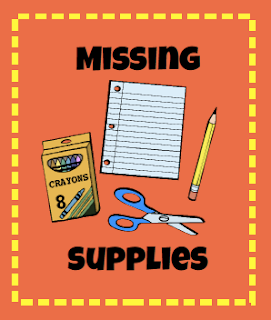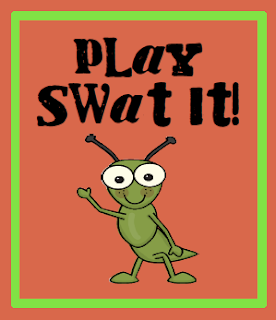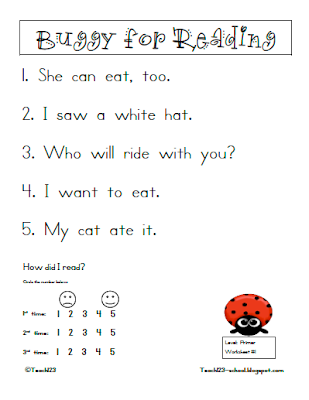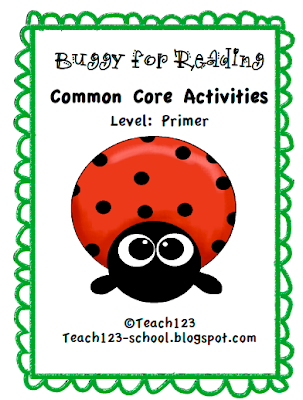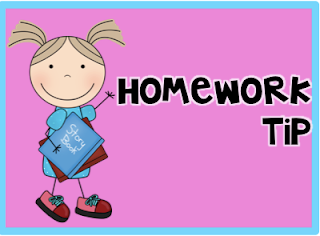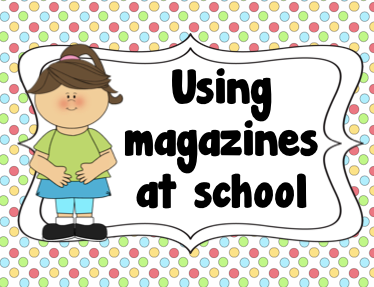Every class has students who play certain roles. You have your class clown, your queen bee - the one everyone wants to be friends with, a rebel without a cause, shy students, plus a few other roles. When I went through my training in undergrad, I was taught strategies to use with discipline problems, gifted students, English as a Second Language Learners, but I don't remember having a professor discuss ways to meet the needs of shy children.
Shy students were always a welcome addition to my class. Probably because I had plenty of Chatty Cathy's in my class, so a few quiet ones help balance out the noise level. There are a few things I've found through the years that helped my shy students come out of their shell:
*BEGINNING OF THE DAY: Greet them when they come in the room with a simple, "Good Morning!" Do not ask them questions, get in their personal space, or push them to talk to you. For very shy children, it will be baby steps. They may acknowledge your greeting by shaking their head, smiling at you, making eye contact, and eventually whispering hello. It is a slow process. Give them time to warm up to you.
*COOPERATIVE LEARNING: During cooperative learning activities, pair shy students with students who are a little bit more outgoing. But do not pair them with a student who is over-the-top outgoing. These students will overwhelm your shy ones.
*FOSTERING FRIENDSHIPS: Ask shy students to run errands for you at the beginning of the year and send them with a buddy. These quick trips give them a few minutes to get to know a buddy and hopefully make a new friend.
*LUNCH & RECESS: With primary grades, the first few weeks of school, we draw names out of the bucket. I have a bucket of boy names and a bucket of girl names. I draw 2 names out at a time. These 2 students are buddies for 2 days. They sit by each other at lunch and play together at recess. They can play with other buddy pairs, but they have to stay together for 2 days. Every other day I would draw names again. By the end of two weeks, each student has been a buddy with 5 students. Hopefully, they will "click" with one of the five students that they have been paired with. **Please note: I draw two names, I do not draw one name and let a student choose a buddy. We've all had an experience once or twice in our life when we were the last one chosen. Why give your students that experience?
*INSTRUCTION TIME: Call on shy students when they either raise their hand or when you know the subject is their strength. Overtime, they will build confidence by sharing when they have the correct answer and take more risks to share during other lessons.
There is a great article about shy students that you should read. Click on the book to read it:




